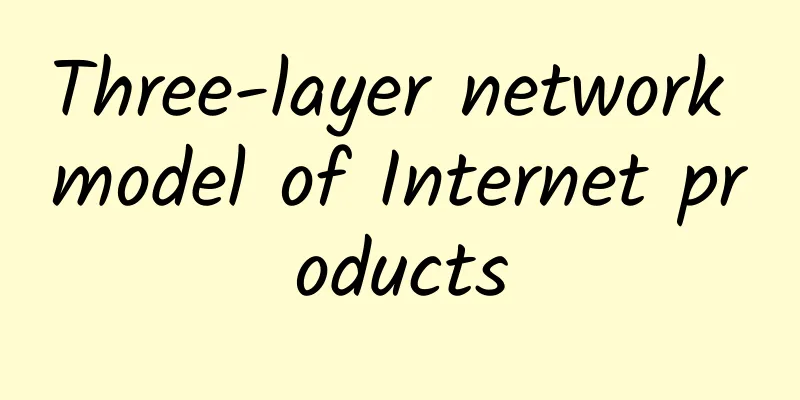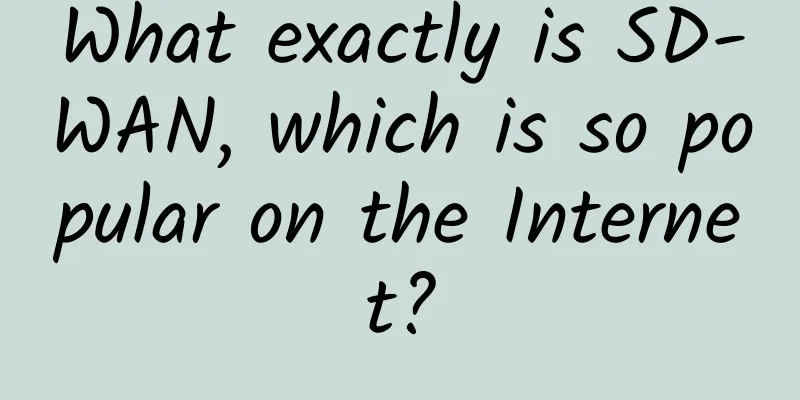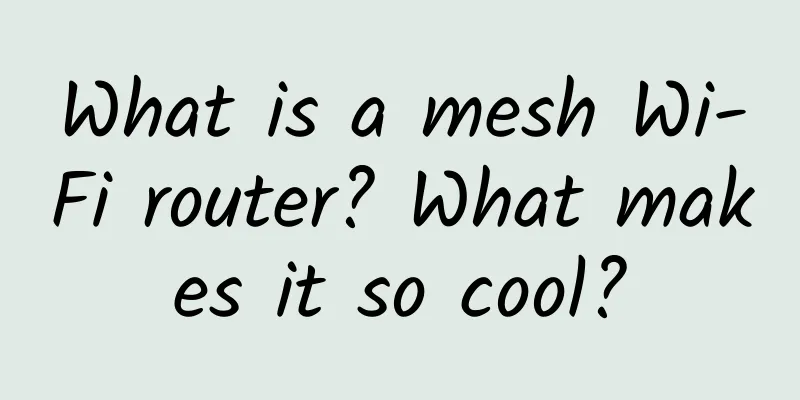Three-layer network model of Internet products

|
If you ask what is the biggest feature of Internet products? In fact, it is the network effect. Specifically, the Internet itself gives Internet products the three most important features: Connection: connecting people, people and things, and things and things, opening up an online world outside the real world. Interaction: massive users, people, and things can interact at the same time. Networking: through interaction, users form division of labor and organization, generate social collaboration, and improve production efficiency. Taking Taobao as an example, it can be represented by a simplified network diagram as follows: A simplified network. Blue represents products, which is Taobao. Other colors represent roles, where red represents sellers, green represents buyers, and yellow represents Taobao operators. In reality, sellers may hire models for photo shoots, hire professionals to decorate the store, and use advertising systems to place ads. When buyers browse the website, there will be a recommendation system to recommend products. When buyers place an order, they need to pay with Alipay. When the payment is successful, the seller will ship the goods, and the buyer can check the logistics information, which involves logistics companies and logistics systems. This is a more complex network: In addition to Taobao, a more complex network also includes Juhuasuan, Tmall, Tmall Supermarket, Taobao Shopping, Fliggy and other products, which forms an even more complex network: The key to understanding a more complex network is the network's communication protocol. First, let's look at the relationship between users and products in this network: From the perspective of the relationship between users and products: products need to meet user needs, and the ability of products to meet user needs is the connection between users and products. From the perspective of the relationship between users: users must be able to divide labor and collaborate, and the collaborative relationship between users is the connection between users. From the perspective of the relationship between products: products exist in the form of systems, and the connection between products is the flow of data between systems. The previous network can be abstracted into a three-layer model, as shown in the following figure: The three-layer network model and the network communication protocol are simplified into a three-layer communication protocol model: Three-layer communication protocol model: user connection: represents social collaboration relationship; demand connection: represents the ability of the product to meet user needs; product connection: represents the data flow between systems. |
<<: Huawei: Realizing a truly bright future for the Internet of Things
>>: Four tips for smart building integrated wiring that you don’t know!
Recommend
VULTR Launches Free VPS Plan
VULTR released information about the launch of a ...
Improving time efficiency and accuracy: Carrier routing network mining
1. Introduction The fulfillment time is the lifel...
Starting next year, your home router should be upgraded to Wi-Fi 6!
This article is reproduced from Leiphone.com. If ...
Why do mobile network testers still pursue speed at all costs?
Communications operators must refocus on covering...
VPSMS Mid-Autumn Festival Promotion: VPS monthly payment 38% off quarterly payment 32% off, Los Angeles CN2 GIA line monthly payment starts from 53 yuan
VPSMS is shared in the blog for the first time. I...
Ranking of JavaScript open source projects in September
[[428048]] The ranking of the most popular JavaSc...
Foreign media: Vietnam will launch large-scale 5G service tests this year to accelerate commercialization
On April 21, according to foreign media reports, ...
[Black Friday] HostKvm Hong Kong Signature VPS is permanently 40% off, top up $50 and get $5 free
HostKvm has launched a November and Black Friday ...
The 14th Five-Year National Informatization Plan: 5G penetration rate will reach 56% in 2025
[[442802]] Recently, the Central Cyberspace Secur...
The live streaming of selling goods is so smooth, it turns out that this technical system is supporting it!
1. Introduction Hi, everyone. I am your Xiaomi. T...
Sharktech: Los Angeles 10Gbps unlimited traffic high-defense server $299/month, 1Gbps unlimited traffic $49/month
Earlier this month, we shared the news about Shar...
How many hurdles will computing power development have to overcome in the future?
At present, the digital economy is entering a new...
5G landscape changes dramatically: Apple and Qualcomm reach a settlement, Intel withdraws its votes and leaves, Huawei remains unscathed
Overnight, 5G changed the world. First, Qualcomm ...
Ten ways for Vue.js parent-child component communication
[[266702]] Interviewer: What are the ways for par...
Why IoT needs machine learning to thrive
There has been a lot of discussion about the oppo...









